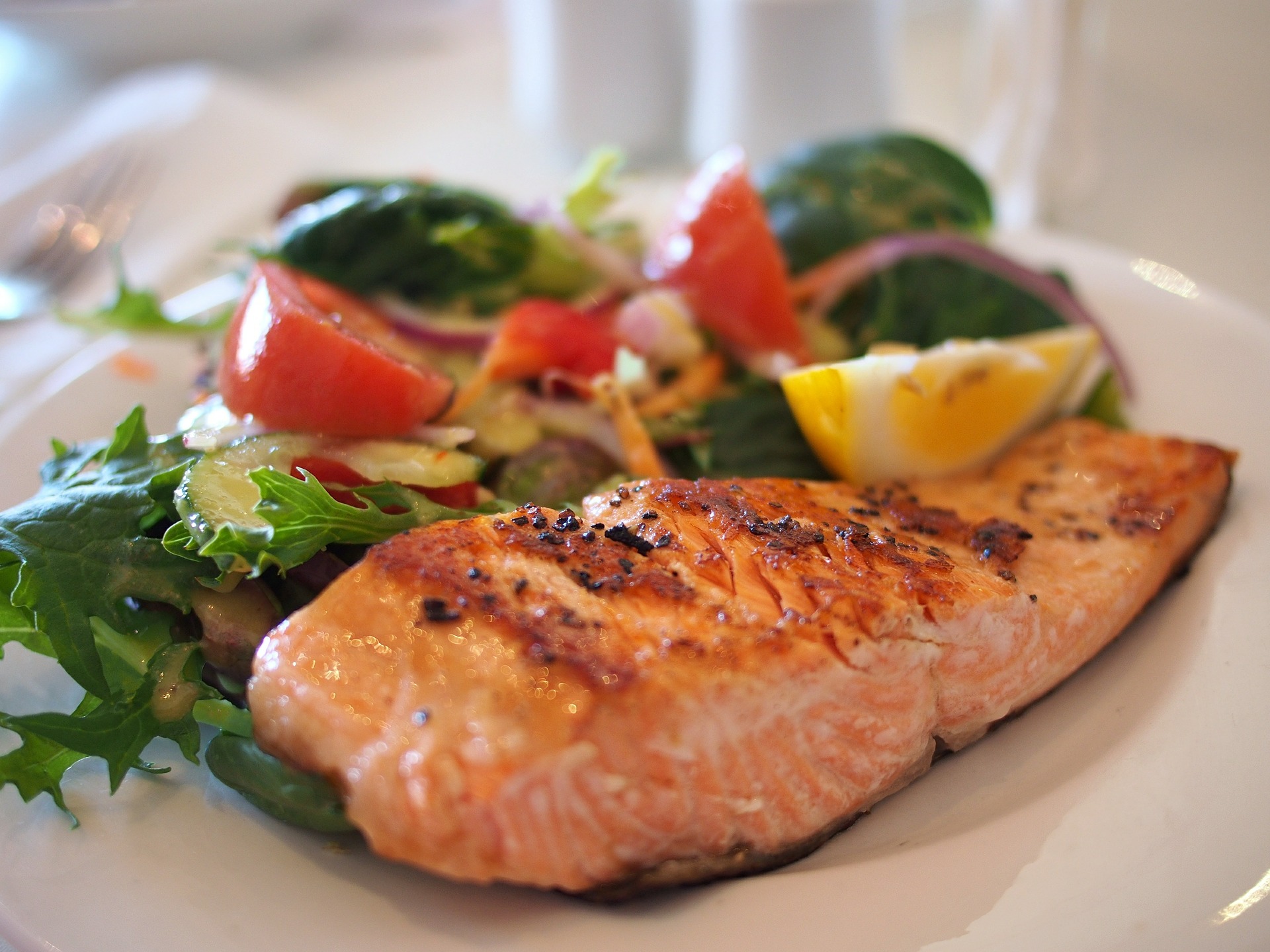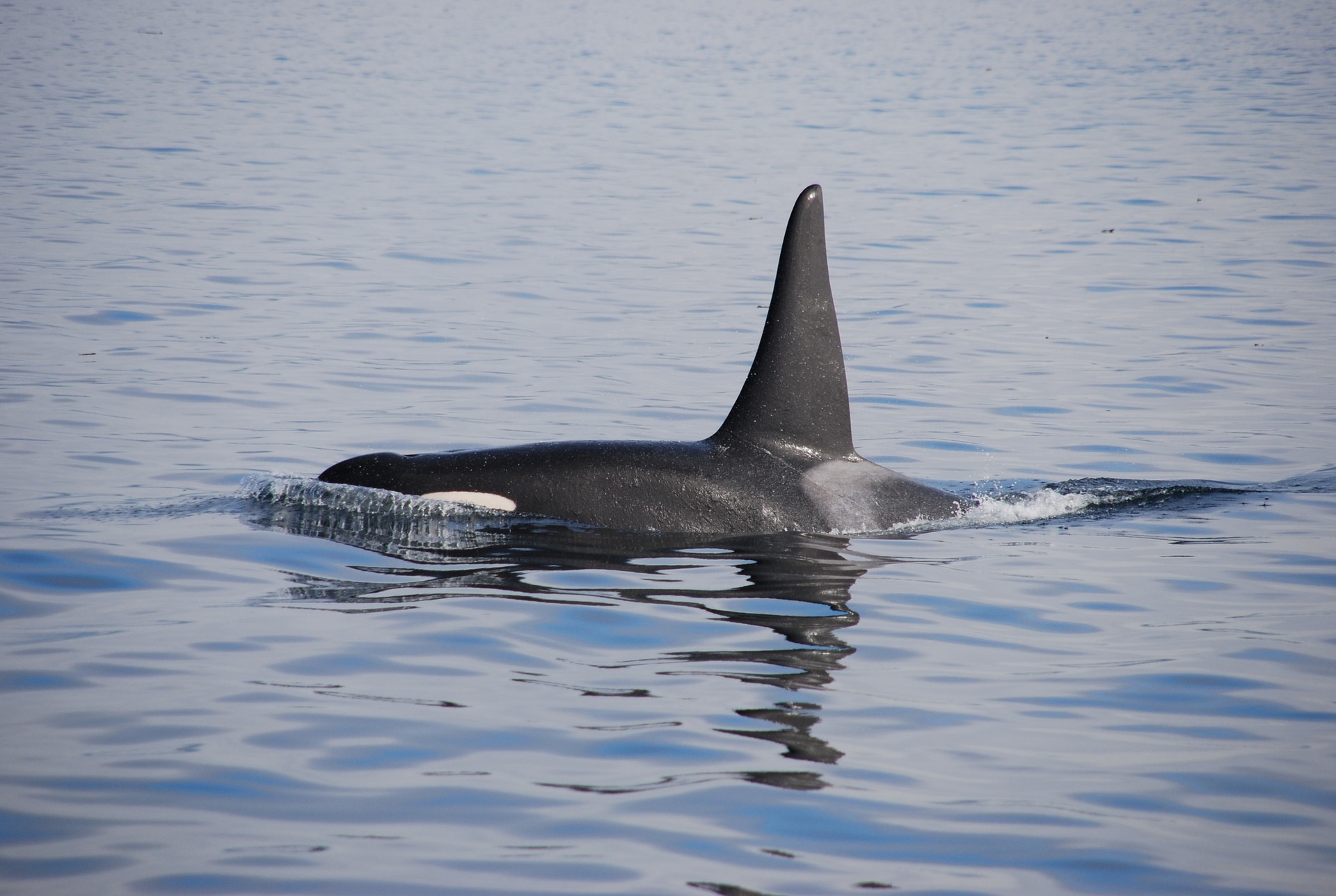…And Add a Tablespoon of Plastics: Plastic on Your Plate
Mae Dorricott
We often see the issue of plastic pollution isolated to turtles and other marine animals consuming plastic out in the oceans. However, we live within a closed system, and things tend to find their way back to the beginning…
Studies have found fish and shellfish contain plastics, both in their stomachs and in tissues (the bit we eat!). Photo: Pixabay
Of course, it starts in the sea
Plastics have found their way around the world through the beautiful intricate system of our ocean currents. Scientists have found plastic in all habitats, from coral reefs, shallow bays, estuaries, the open ocean and the deep sea. We are finding plastic in hundreds of species globally and across multiple levels of the food chain. These aren’t just “species” though, these are animals that are often considered seafood, to which an estimated one billion people are dependent on as a food source.
The majority of plastic pollution entering the oceans is said to come from poor waste management practices in Asian countries. So it comes as no surprise that in Indonesia, plastic debris was found in 28% of individual fish and in 55% of all fish species sampled.
However, it isn’t just limited to Asia…
A study in 2014 calculated that in European countries with high shellfish consumption, consumers ate up to 11,000 microplastic particles per year. Even in countries with low shellfish consumption, individuals still consumed an average of 1,800 microplastics per year…. Still far more plastic than we should like in our diet.
Maybe you don’t eat shellfish.
Well, a recent study found microplastics in the Atlantic cod, the European hake, the Red mullet and the European pilchard. Interestingly, the plastic found in the guts of fish varies with location. In Asian countries, scientists tend to find plastic fragments, whereas samples of seafood from the USA (where debris was found in 25% of individual fish and 67% of all fish species) the primary plastics found were fibres, which may very well be from our own clothing.
Atlantic cod, European hake, red mullet and European pilchard have all been found to contain microplastics. Photo: Pixabay
To add salt to injury… and some plastic too…
Even if you’ve already committed to not eating seafood you still have quite the task of avoiding consuming plastic. Microplastics have been found in drinking water, salt, honey, sugar… and… even… in…beer. (For the love of all that’s good, please not the alcohol!). Microplastics may even be falling from the sky and contaminating our plates, with one study finding that dust fallout during one meal per day could expose us to 70,000 microplastics per year per person. Add that to the estimated 50,000 we’re consuming from the food itself, and 50,000 that we breathe in… and that’s a lot of plastic.
So, the plastic is in our food, and it may very well be in us. But what does that mean?
For me, the really ominous side of this issue is that we still really don’t know a lot about its potential effects. There is the obvious damage of plastic travelling through the digestive system and possibly causing some abrasive harm. However, I have a feeling the microplastics in human bodies may travel like a kernel of corn and pop out at the other end via poo.
What might not make it out though, are the contaminants...
Plastics can act as vectors for chemicals, including additives intentionally added during manufacturing, as well as environmental contaminants that adsorb onto their surface. These chemicals have been recognized as toxic and are known to transfer into animal tissue once ingested. The chemicals can then magnify in concentration up the food chain, through a process called biomagnification. Hence, animals at the top of the food chain may not be eating plastic directly, but may receive the chemicals via their prey.
Lulu the Killer Whale
Here, I want to introduce a quick case study of Lulu the Killer Whale to illustrate my big fear of plastics in the food chain.
Killer whales have a varied diet consisting of sea birds, squid, octopuses, sea turtles, sharks, rays, fish and seals. Photo: Pixabay
Lulu didn’t die as a direct result of ingesting plastics, which is the case for many birds and turtles for example. She was the victim of being caught up in fishing gear. But what really stands out to me about her death were the results of her autopsy. Looking at her ovaries, it was clear that she had never bore a calf. In fact, her whole pod, the UK’s last resident pod of Orca, had not been seen with a calf for 23 years. Samples of Lulu’s blubber revealed a clue to why… she had incredibly high levels of contaminants (PCBs - which are found in plastics).
This alludes to the most threatening part of plastics within our ecosystems. The chemicals that are carried via plastics are recognised as hormone mimickers, they have been identified to easily disrupt the fine balance of an organism’s endocrine (hormone) system. They can also disrupt normal brain and immune system functioning.
Could Lulu have been subjected to this hormonal disruption due to the PCBs found in her body?
Were the PCBs from plastic consumed by her prey?
Could this have caused her infertility?
What does this mean for future unborn generations? Will their fertility be reduced? Will there be other effects?
And these questions shouldn’t be exclusive for animals of the ocean, but for us too. There is no doubt we are at the top of the food chain, and therefore arguably most at risk.
So where do we go from here?
It’s not the most uplifting conversation. You can’t even drown your sorrows with beer... However, it is through these conversations that we can start to make a difference. None of us wants plastic in our bodies, whether it’s for short term impacts such as damaging our digestive tract or long-term worries such as affecting the fertility and general health of our future generations.
It’s not entirely clear whether there will be adverse effects to wildlife or humans from consuming microplastics and their associated contaminants. But we don’t want to wait to find out... Spread the message, and begin to take on the challenge of reducing plastic from your daily life. And maybe start drinking wine? (But don’t hold me to that, they may find plastic in wine too!!).
Further reading:
Jepson, D., Deaville, R. & Law, R. (2016) PCB Pollution continues to impact populations of orcas and other dolphins in European waters. Scientific Reports, 6; 18573
Our oceans are turning into plastic… are we?



